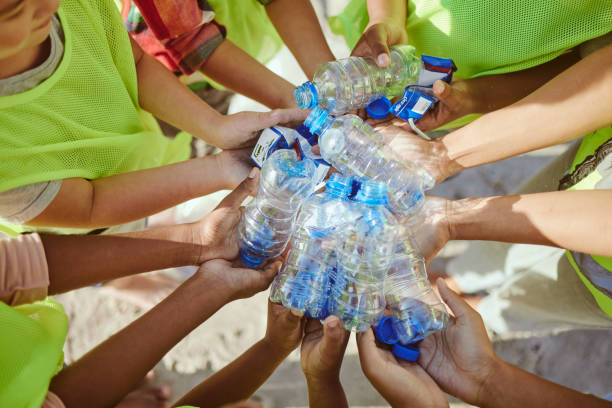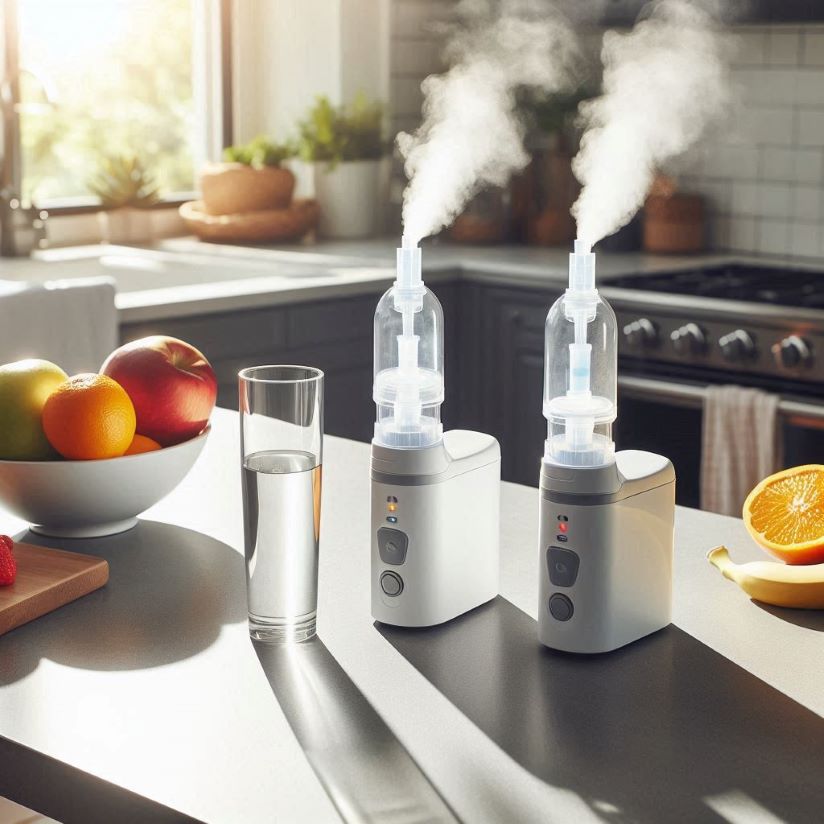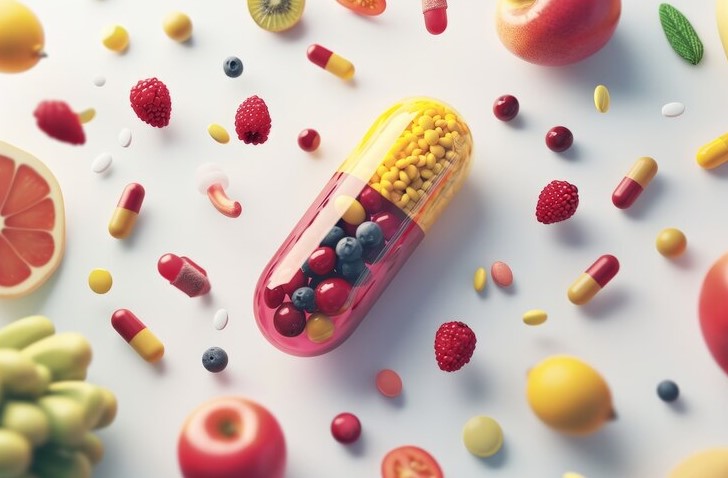 Public health campaigns have long promoted the benefits of brushing, flossing, and regular dental visits. However, a new wave of oral health initiatives is taking it a step further, linking dental care with environmental responsibility. These programs recognize that what’s suitable for our mouths can also be good for the planet. By focusing on sustainable products, reducing plastic waste, and promoting mindful consumption, oral health campaigns are demonstrating that personal care and environmental care can be mutually beneficial—something even a family dentist in Chicago would support.
Public health campaigns have long promoted the benefits of brushing, flossing, and regular dental visits. However, a new wave of oral health initiatives is taking it a step further, linking dental care with environmental responsibility. These programs recognize that what’s suitable for our mouths can also be good for the planet. By focusing on sustainable products, reducing plastic waste, and promoting mindful consumption, oral health campaigns are demonstrating that personal care and environmental care can be mutually beneficial—something even a family dentist in Chicago would support.
Rethinking Everyday Dental Products
The average person uses hundreds of toothbrushes, toothpaste tubes, and floss containers over a lifetime. Traditional versions of these products are made from plastics and materials that don’t biodegrade, often ending up in landfills or oceans. Many campaigns are now encouraging people to switch to eco-friendly alternatives.
- Toothbrushes: Bamboo toothbrushes and brushes with recyclable handles are becoming more widely available. Campaigns highlight that small daily choices, like replacing a plastic toothbrush with a compostable one, can significantly reduce waste.
- Toothpaste: Toothpaste tablets and powders in recyclable or refillable packaging are gaining popularity. Campaigns often pair oral health messages with education on packaging waste, showing how reducing plastics benefits both oral hygiene and the environment.
- Floss: Instead of nylon floss in plastic containers, some campaigns promote silk or cornstarch-based floss packaged in refillable glass vials.
These initiatives don’t just promote products—they build awareness about how much everyday oral care contributes to the global plastic problem.
Campaigns That Blend Health and Sustainability
Several organizations and dental associations are taking the lead in creating dual-purpose campaigns. For example:
- Brush With Bamboo has not only popularized bamboo toothbrushes but also developed educational campaigns highlighting the impact of single-use plastics on oral care.
- The FDI World Dental Federation has raised awareness of sustainable oral health by linking dental wellness to broader environmental goals, aligning with the United Nations’ Sustainable Development Goals.
- Local dental clinics and schools often run community drives where people can drop off used toothbrushes and tubes for recycling, turning routine care into a collective environmental effort.
By framing oral health as part of a sustainable lifestyle, these campaigns broaden their reach beyond dentistry and tap into a growing movement for eco-conscious living.
Education as a Shared Tool
One of the strongest strategies in these campaigns is education. Dental health has always relied on public awareness—teaching children to brush their teeth twice a day or reminding adults about regular checkups. Adding environmental education to the message makes it more powerful and memorable.
School-based campaigns now combine brushing programs with lessons about waste reduction. Children learn not only how to care for their teeth but also how their choices affect the planet. Many of these kids bring the message home, influencing family buying habits.
Adults are also a key audience. Campaigns that explain how to recycle dental products or switch to eco-friendly brands often resonate with individuals who are already trying to reduce their environmental footprint. The overlap between health-conscious and environmentally conscious audiences gives these campaigns a natural synergy.
Reducing Waste in Dental Clinics
It’s not just consumers who can make changes. Dental practices themselves are joining the effort. Clinics generate a substantial amount of waste, much of which is plastic-based, including disposable gloves, masks, and packaging materials. While some of this is unavoidable for hygiene reasons, campaigns encourage practices to cut waste where possible.
- Switching to digital records instead of paper files.
- Using sterilizable metal instruments instead of disposables when safe.
- Joining recycling programs for dental products and packaging.
Some dental associations now include sustainability guidelines in their professional recommendations. This makes environmental care part of dental ethics, signaling to patients that their health providers care about the bigger picture.
Challenges and Opportunities
Of course, not all eco-friendly dental products are accessible or affordable for everyone. Bamboo brushes can cost more than plastic, and refillable toothpaste isn’t always easy to get. Campaigns have to balance promoting sustainability with ensuring that good oral hygiene remains accessible.
Partnerships with governments, schools, and non-profits can help bridge this gap. Subsidizing sustainable products or providing them in community programs can make environmentally friendly options more mainstream. Campaigns that focus on both affordability and sustainability have the best chance of lasting success.
A Shift Toward Holistic Health
What makes these campaigns powerful is their holistic approach. Oral health has always been tied to overall health. Now it’s also connected to environmental health. By linking personal habits with global impact, these initiatives give people a greater sense of purpose. Brushing your teeth stops being just about preventing cavities—it becomes part of a bigger commitment to well-being and sustainability.
Conclusion
Oral health campaigns are evolving. Instead of focusing solely on dental hygiene, many now encourage people to consider how their choices impact the environment. From bamboo toothbrushes to recycling programs in clinics, these efforts demonstrate that protecting our smiles and the planet can go hand in hand. The challenges of affordability and access remain, but the growing momentum suggests a future where oral health campaigns not only improve dental care but also contribute to a healthier, cleaner world.



 Serving as social dens, parks and gardens build a sense of interaction. These natural resources also emit beautiful scenery that provide a sense of inspiration and peace. Having these spaces around to walk into can develop focus, enhance creativity, and provide great sense of psychological well-being.
Serving as social dens, parks and gardens build a sense of interaction. These natural resources also emit beautiful scenery that provide a sense of inspiration and peace. Having these spaces around to walk into can develop focus, enhance creativity, and provide great sense of psychological well-being.
 The supplement industry, valued at billions of dollars globally, significantly impacts the environment. Production processes, packaging, and disposal of fitness supplements like protein powders, vitamins, and steroids contribute to pollution and waste. These challenges call for sustainable practices that can mitigate environmental harm while meeting consumer needs.
The supplement industry, valued at billions of dollars globally, significantly impacts the environment. Production processes, packaging, and disposal of fitness supplements like protein powders, vitamins, and steroids contribute to pollution and waste. These challenges call for sustainable practices that can mitigate environmental harm while meeting consumer needs. Below are another cleaning options that are useful for any spaces.
Below are another cleaning options that are useful for any spaces. It’s easy to see why more people are picking green neighborhoods over regular ones. Keep reading to find out some great reasons why living in a green community is a good idea.
It’s easy to see why more people are picking green neighborhoods over regular ones. Keep reading to find out some great reasons why living in a green community is a good idea.











 Pharmaceutical pollution is a growing concern, with performance-enhancing drugs (PEDs) like anabolic steroids and selective androgen receptor modulators (SARMs) contributing to contamination in wastewater. These substances, often used by athletes and bodybuilders, do not fully break down in the body. Instead, they pass through urine and enter sewage systems, affecting aquatic life and public health.
Pharmaceutical pollution is a growing concern, with performance-enhancing drugs (PEDs) like anabolic steroids and selective androgen receptor modulators (SARMs) contributing to contamination in wastewater. These substances, often used by athletes and bodybuilders, do not fully break down in the body. Instead, they pass through urine and enter sewage systems, affecting aquatic life and public health.
 The clock is ticking when disaster strikes, especially in the form of an environmental crisis. Whether it’s a chemical spill, a natural disaster like an oil spill, wildfire, or a sudden industrial accident, responding effectively can make the difference between a recovery story and a devastating loss. That’s where a Critical Incident Response Plan (CIRP) comes in.
The clock is ticking when disaster strikes, especially in the form of an environmental crisis. Whether it’s a chemical spill, a natural disaster like an oil spill, wildfire, or a sudden industrial accident, responding effectively can make the difference between a recovery story and a devastating loss. That’s where a Critical Incident Response Plan (CIRP) comes in. 
 The environmental impact of our daily choices extends even to personal care and wellness. Surprisingly, many intimate products contain materials that can harm both the body and the planet. Sex toys, for instance, often contain synthetic, non-recyclable materials. Fortunately, the shift toward eco-conscious living has reached the sexual wellness industry, offering safe options for both personal health and the environment. With a focus on eco-friendly sex toys and sustainable practices, women can now make conscious choices that align with a healthier lifestyle and a more sustainable world.
The environmental impact of our daily choices extends even to personal care and wellness. Surprisingly, many intimate products contain materials that can harm both the body and the planet. Sex toys, for instance, often contain synthetic, non-recyclable materials. Fortunately, the shift toward eco-conscious living has reached the sexual wellness industry, offering safe options for both personal health and the environment. With a focus on eco-friendly sex toys and sustainable practices, women can now make conscious choices that align with a healthier lifestyle and a more sustainable world.




